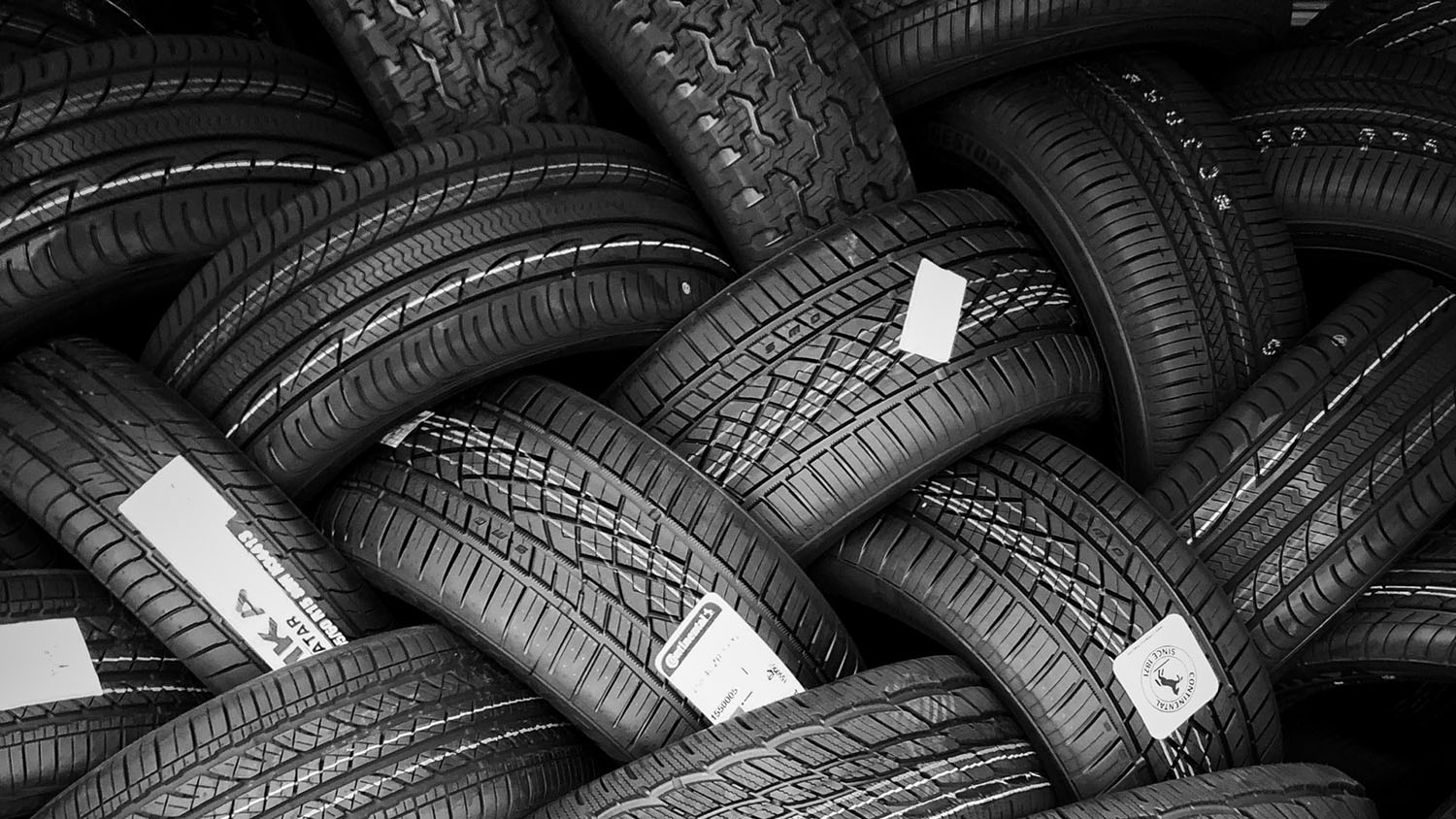New Catalyst Leads to More Efficient Butadiene Production

For Immediate Release
Researchers at North Carolina State University have developed a new catalyst that improves the efficiency of converting butane, a component of natural gas, into butadiene – a building block in synthetic rubber and a variety of plastics.
Creating butadiene from butane is tricky. Existing techniques for converting butane into butadiene either create a bunch of byproducts that nobody wants, or convert only a small fraction of the butane into butadiene each time the butane passes through the chemical reactor. As a result, you have to run the butane through the same process repeatedly.
“This is an expensive process in terms of both energy and money,” says Fanxing Li, corresponding author of the work and Alcoa Professor of Chemical and Biomolecular Engineering at North Carolina State University. “Because after every pass through the chemical reactor, you have to separate the butadiene and byproducts from the butane – which takes a lot of energy – and run the butane through the reactor again.”
Because of this, there are very few plants devoted to producing butadiene. Instead, much of the butadiene used in manufacturing comes from plants where butadiene is collected as a byproduct of other reactions.
“That’s a problem, because the demand for butadiene far outstrips the available supply,” Li says. “We wanted to come up with a more efficient way of converting butane into butadiene, making butadiene production facilities more commercially viable – and this work is an important step in that direction.”
Specifically, the researchers have engineered a catalyst that converts more butane into butadiene with each pass through the reactor, compared to previous catalysts. The work was done using an oxidative dehydrogenation reaction.
“We were able to convert up to 42.5% of the butane into butadiene in a single pass,” Li says. “The previous best performance we could find was around 30%. This is a big first step, but we view it as a proof of concept – we think we can still do a lot more to improve the selectivity of this process.”
The catalyst itself is a lithium bromide shell surrounding a core of lanthanum strontium ferrite. The reaction requires a modular reactor, and conversion takes place at between 450 and 500 degrees Celsius.
“We’re open to partnerships to further explore the potential of this work,” Li says.
The paper, “Alkali metal halide coated perovskite redox catalysts for anaerobic oxidative dehydrogenation of n-butane,” is published in the open-access journal Science Advances. First author of the paper is Yunfei Gao, a former Ph.D. student and postdoc at NC State who is now on faculty at the East China University of Science and Technology. The paper was co-authored by Xijun Wang, a former postdoc at NC State who is now at Northwestern University; Noel Corolla, a former undergrad at NC State; Tim Eldred, a research associate at NC State; Arnab Bosea, a former Ph.D. student and postdoc at NC State; and Wenpei Gao, an assistant professor of materials science and engineering at NC State.
The work was done with support from the National Science Foundation, under grant number 2116724; the U.S. Department of Energy’s RAPID Institute, under grant number DE-EE007888-05-6; and NC State’s Kenan Institute for Engineering, Technology and Science.
-shipman-
Note to Editors: The study abstract follows.
“Alkali metal halide coated perovskite redox catalysts for anaerobic oxidative dehydrogenation of n-butane”
Authors: Yunfei Gao, East China University of Science and Technology and North Carolina State University; Xijun Wang, Noel Corolla, Tim Eldred, Arnab Bose, Wenpei Gao, Fanxing Li, North Carolina State University
Published: July 27, Science Advances
Abstract: Oxidative dehydrogenation (ODH) of n-butane has the potential to efficiently produce butadiene without equilibrium limitation or coke formation. Despite extensive research efforts, single-pass butadiene yields are limited to <23% in conventional catalytic ODH with gaseous O2. This article reports molten LiBr as an effective promoter to modify a redox-active perovskite oxide, i.e. La0.8Sr0.2FeO3 (LSF), for chemical looping–oxidative dehydrogenation of n-butane (CL-ODHB). Under the working state, the redox catalyst is composed of a molten LiBr layer covering the solid LSF substrate. Characterizations and ab-initio molecular dynamics (AIMD) simulations indicate that peroxide species formed on LSF react with molten LiBr to form active atomic Br, which act as reaction intermediates for C-H bond activation. Meanwhile, molten LiBr layer inhibits unselective CO2 formation, leading to 42.5% butadiene yield. The redox catalyst design strategy can be extended to CL-ODH of other light alkanes such as iso-butane conversion to iso-butylene, providing a generalized approach for olefin production.


